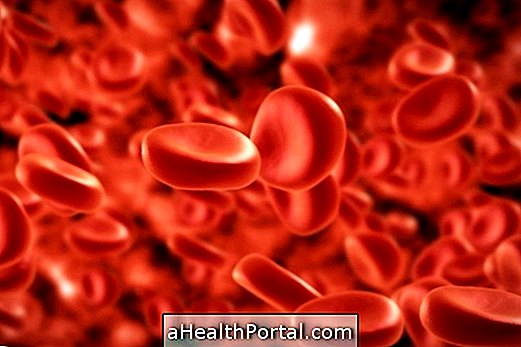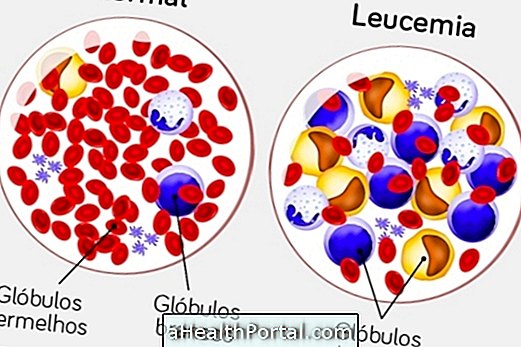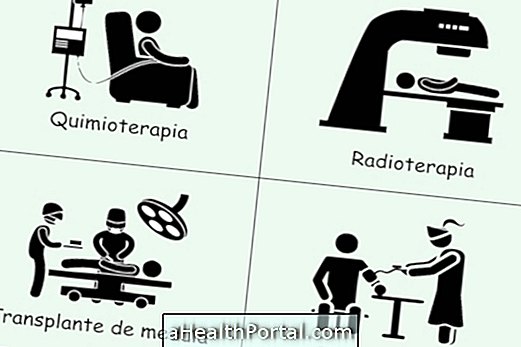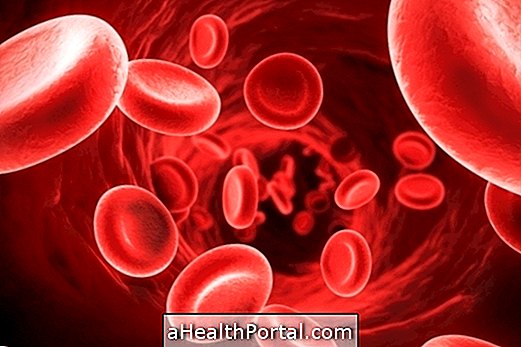Septic shock arises from a dysregulated immune response of the body to an infection, being characterized by a serious inflammatory state that causes bankruptcy in the bloodstream, drop in blood pressure and risk of death if not quickly treated.
This condition can arise due to any type of infection, mainly by bacteria, but also by viruses, fungi or parasites, which cause diseases like urinary tract infection, pneumonia, skin infections or meningitis, for example.
Septic shock is a complication of sepsis, also known as generalized infection, which is when the microorganism reaches the bloodstream or when a localized infection is severe and causes a severe reaction of the body. Understand better what it is and how to identify generalized infection.

Main causes
Any infection can cause sepsis or septic shock, which happens when the toxins produced by the microorganisms produce an exaggerated reaction of the immune system. Some of the major microorganisms associated with septic shock include:
- Bacteria, such as Staphylococcus aureus, Streptococcus pneumoniae, Klebsiella pneumoniae, Escherichia coli, Pseudomonas aruginosa, Streptococcus, Neisseria meningitidis, among others;
- Viruses, such as H1N1 influenza, H5N1, yellow fever virus or dengue virus, for example;
- Fungi, especially Candida .
Infections that lead to septic shock can occur anywhere in the body, and some of the most common ones are pneumonia, urinary tract infection, meningitis, erysipelas, infectious cellulitis, infection of surgical wounds or contamination of catheters, for example.
Who has more risk
People who are more likely to be affected by a serious infection and develop septic shock are the ones who are hospitalized, especially in the ICU, as they are places where microorganisms can acquire greater resistance to treatments, where there is the introduction of probes and catheters or examinations, which can be sources of infection, as well as because the patient's immune system may be weakened due to some disease. Read more about what hospital infection is and how to prevent it;
In addition, being carriers of chronic diseases such as diabetes mellitus, heart failure, bone marrow aplasia, kidney failure, as well as using immunosuppressive drugs such as chemotherapy, corticosteroids, antibiotics or radiotherapy can also make a person more predisposed to sepsis and septic shock, because may impair the action of the immune system.
How to identify septic shock
Septic shock is diagnosed by the doctor, who will identify the signs and symptoms and ask for tests that can confirm this condition. Diagnostic criteria include a combination of the following factors:
- Elevation of temperature above normal or excessive fall;
- Accelerated heart rate;
- High respiratory rate;
- Changes in blood leucocyte dosage;
- Tests that show a focus of infection, such as urinalysis, respiratory secretions, or blood;
- Elevated blood lactate levels, which indicate deficiencies in blood oxygenation;
- Severe drop in blood pressure, requiring the use of potent medications for its normalization.
The doctor is responsible for evaluating the signs and symptoms and to determine if there is actually septic shock or not. Once this condition is detected, treatment should be done as soon as possible with antibiotics, medicines to stabilize blood pressure and hydration, for example, because it is a condition with high mortality rates.
Learn more about how this condition is treated.

























